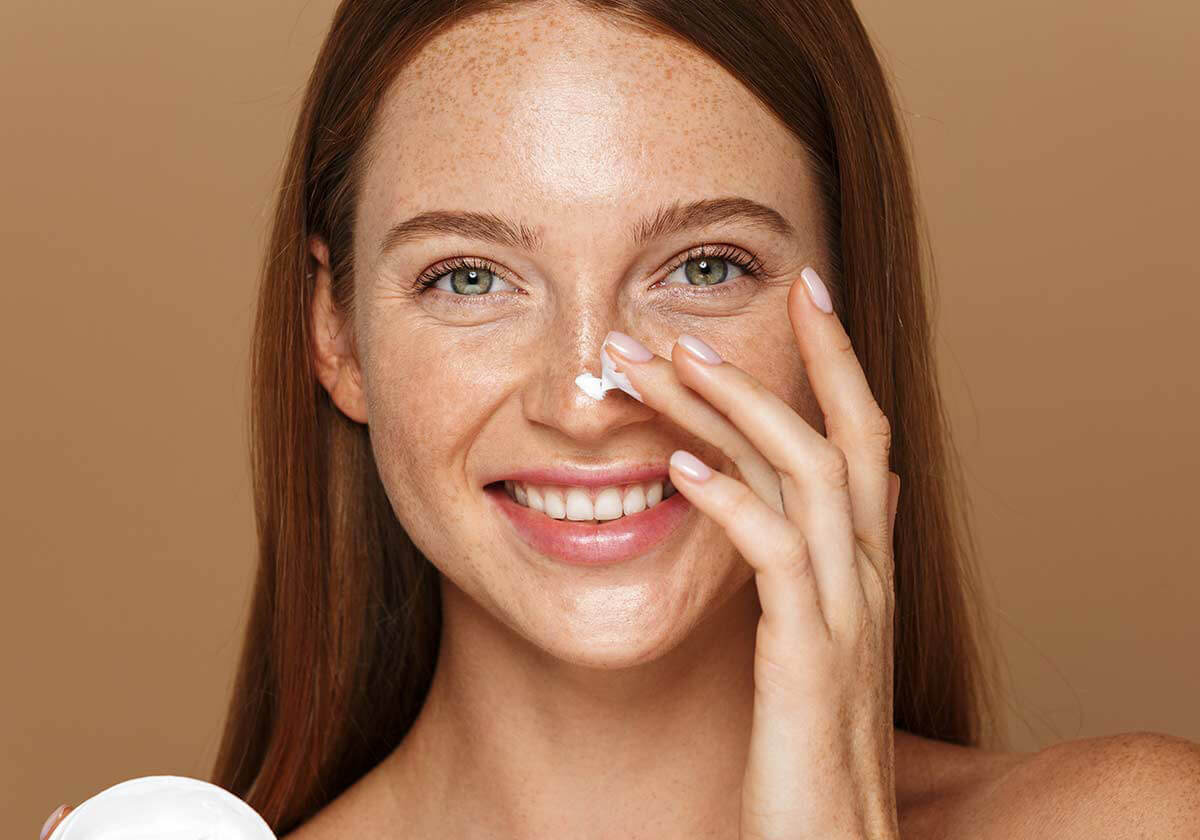Hydration is one of the most important pillars of healthy skin, regardless of your skin type. Whether your skin is dry, oily, combination, or sensitive, keeping it properly moisturized is essential for a soft, glowing, and resilient complexion.
In this article, you’ll learn why facial hydration matters, how dehydration affects your skin, and how to build an effective moisturizing routine without overcomplicating it.
What Does “Hydrated Skin” Really Mean?
Hydrated skin has enough water content in its upper layers to remain:
- Smooth
- Elastic
- Plump
- Less prone to irritation
It’s different from oily skin, which refers to excess sebum (oil). Yes, your skin can be oily and dehydrated at the same time—when it lacks water but overproduces oil to compensate.
Signs Your Skin Needs More Hydration
- Dull, tired-looking complexion
- Tightness or discomfort after cleansing
- Flakiness or rough texture
- Fine lines appear more visible
- Makeup doesn’t sit well or cracks easily
- Oiliness (as skin tries to compensate)
Why Proper Moisturizing Is Important
Hydrating your skin:
- Maintains a strong skin barrier (your first line of defense)
- Reduces sensitivity and irritation
- Helps prevent premature aging
- Improves absorption of other skincare products
- Balances oil production
How to Hydrate Your Skin Effectively
1. Use a Gentle Cleanser
Cleansing prepares your skin to absorb moisture. Avoid harsh cleansers that strip away natural oils.
Tip: Choose sulfate-free cleansers with hydrating ingredients like glycerin or aloe vera.
2. Apply Products on Damp Skin
Right after cleansing or misting your face, apply your hydrating products to lock in moisture.
This simple timing can make a big difference.
3. Layer Hydration (If Needed)
A single product may not be enough for everyone. Try layering light, water-based products under your moisturizer.
Great combo:
- Hydrating toner or mist
- Hyaluronic acid serum
- Moisturizer to seal it all in
4. Choose the Right Moisturizer for Your Skin Type
| Skin Type | Moisturizer Texture | Ingredients to Look For |
|---|---|---|
| Dry | Cream or balm | Shea butter, ceramides |
| Oily | Lightweight gel | Hyaluronic acid, niacinamide |
| Combo | Light lotion or gel-cream | Glycerin, panthenol |
| Sensitive | Fragrance-free cream | Aloe vera, oat extract |
Apply twice a day—morning and night.
5. Avoid Over-Exfoliating
Exfoliating too often damages your moisture barrier, leading to dryness and irritation.
Limit to 1–2 times per week, and always follow with a good moisturizer.
6. Use a Humidifier (Optional but Helpful)
If you live in a dry climate or use indoor heating/AC, a humidifier can help keep your skin hydrated overnight.
Best Hydrating Ingredients to Look For
- Hyaluronic Acid: Holds 1,000x its weight in water
- Glycerin: Draws moisture to the skin
- Ceramides: Strengthen the skin barrier
- Panthenol (Vitamin B5): Soothes and moisturizes
- Squalane: Light oil that locks in moisture without clogging pores
- Aloe Vera: Calms and hydrates sensitive skin
Budget-Friendly Moisturizers That Work
- Neutrogena Hydro Boost Water Gel
- CeraVe Moisturizing Cream or Lotion
- Nivea Soft Moisturizing Cream
- The Ordinary Natural Moisturizing Factors
- Simple Replenishing Rich Moisturizer
Bonus Tips for Better Hydration
- Drink plenty of water—your skin needs internal hydration too
- Avoid hot showers which can strip natural oils
- Pat dry instead of rubbing your face with a towel
- Apply moisturizer within 60 seconds after cleansing
Final Thought: Hydrated Skin = Happy Skin
Hydration is the foundation of any effective skincare routine. It’s not about slathering on heavy creams—it’s about using the right ingredients, techniques, and consistency.
With just a few mindful steps, you’ll not only improve the look of your skin but also support its health, comfort, and glow every day.
